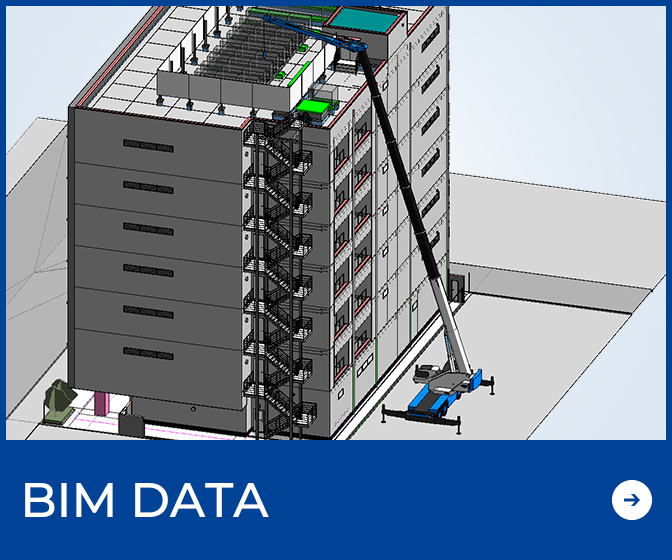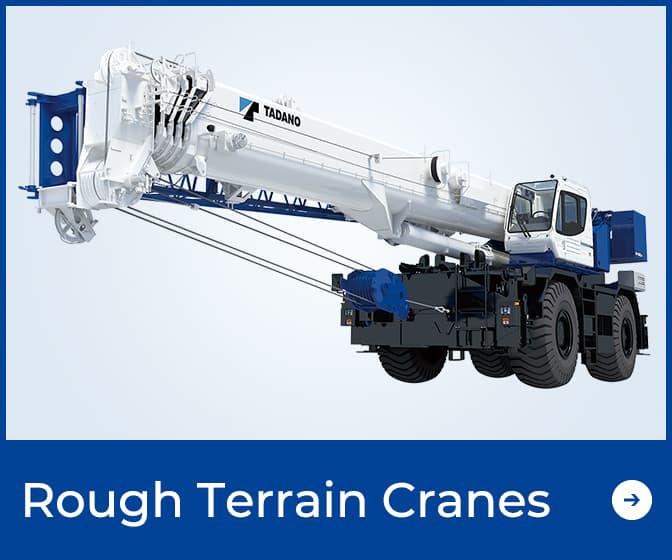Aug. 8, 2025
Tadano expanding seamless communication with Lift API Services
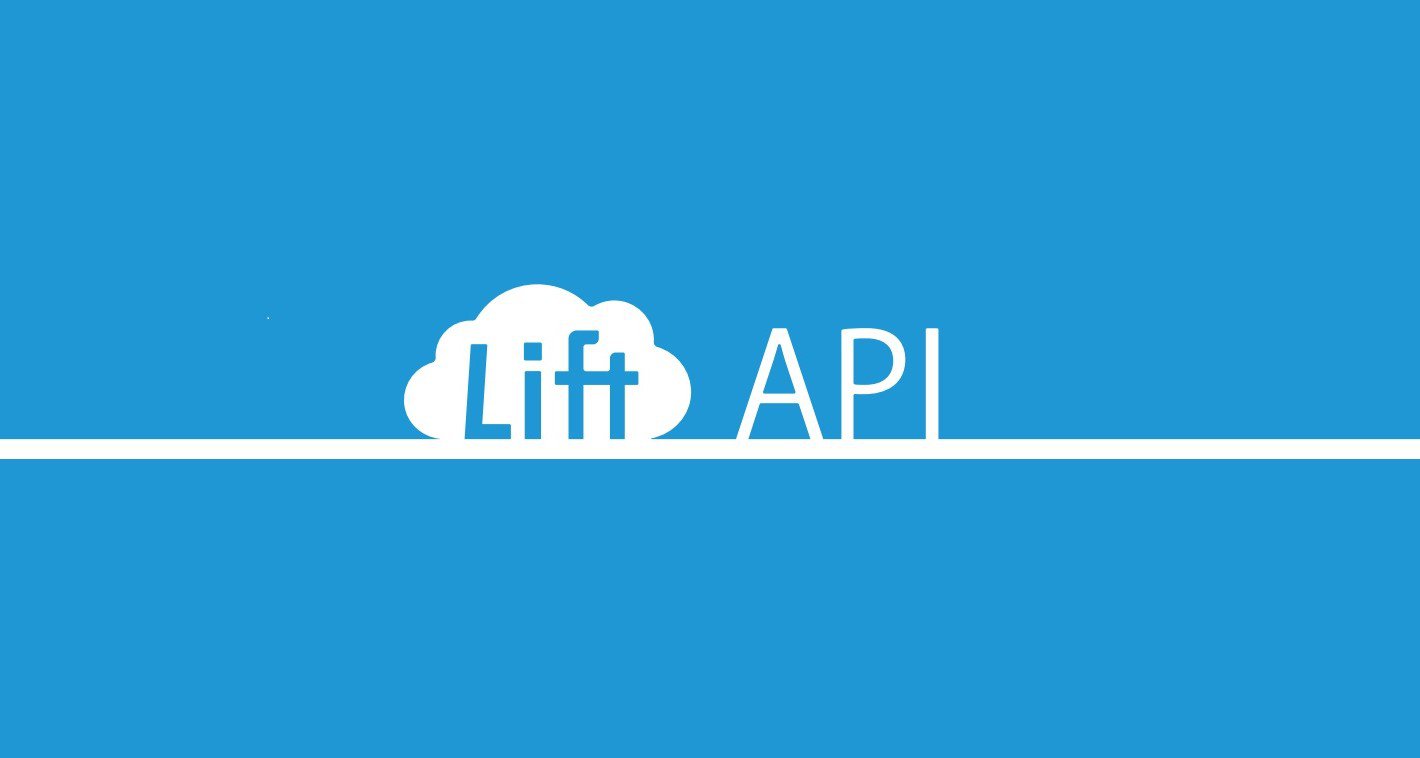
Across the computing world, “API” stands for Application Programming Interface. API essentially acts as a “bridge” that allows different software systems to communicate and exchange data or functions effectively without getting too deeply into each other’s programs. This maintains the integrity of each program while promoting more efficient sharing of important data.
In the construction business – or anywhere Tadano products operate – API tools that immediately communicate important data serves to enhance safety and efficiency while also providing potential for longer-term improvements in features and operations in Tadano products.
How Tadano’s Lift API Works:
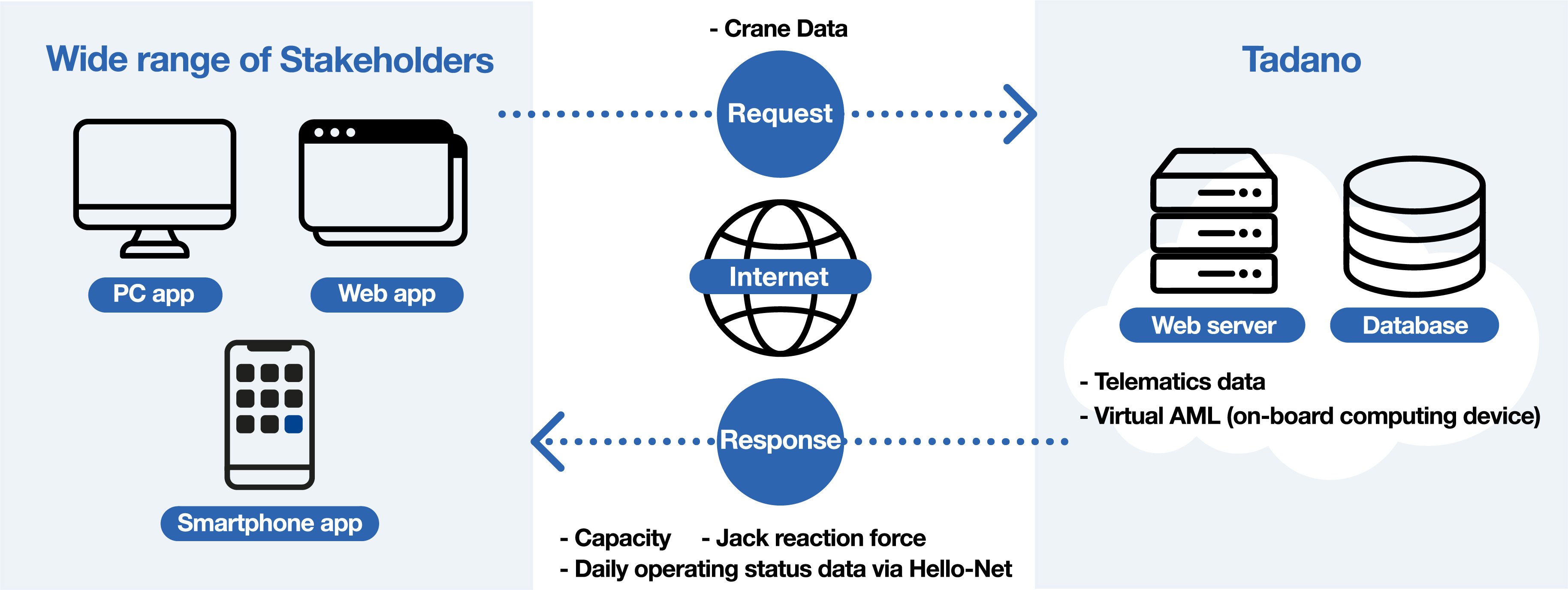
Tadano’s “Lift API Services” embrace Web API technology that allows, for example, crane performance calculation functions and telematics data to be used by directly linking systems with web apps, smartphone apps, core systems, and more. There is no established screen.
Two such Lift API services currently in operation cover telematics and performance calculation.
The telematics API allows operational data collected from machines equipped with Tadano's standard telematics communication terminal to link directly to the target system. Some items that comply with ISO15143-3 (the construction machinery telematics standard) can be obtained, including last location, hour meter, odometer, fuel consumption, and remaining fuel. Tadano operates telematics under the name of Hello-Net, and this API is positioned as an optional service for Hello-Net.
With the LMI* API (performance calculation API), users send working conditions such as model, boom length, boom angle, and whether a jib is present as parameters to the API server; Based on such working conditions, a virtual LMI (Load Moment Indicator) calculates the rated load and jack reaction force value can then be obtained – anywhere in real-time.
The Lift API can also be linked to BIM (Building Information Modeling) and machine asset management software, or crane construction planning software to help you effectively plan and manage the construction projects.
“We believe that by combining data from the Lift API with other construction planning software, BIM, or machinery asset management software, we can create value for our customers,” said Mr. Shozo Hirata, Assistant Manager with the Solutions Promotion Department at Tadano, Ltd. “This will lead to improved business efficiency and quality.”
Currently, the telematics API is a service available to Tadano product owners with an e-Service account for the telematics service "Hello-Net.” Requirements for successful operation include activation of the communication terminal of the target product, that communications are functioning normally.
BIM models of Tadano cranes are already provided free of charge. This data can be used with the BIM application Autodesk® Revit®*. The crane can also be moved within the actual 3D model, making it possible to calculate lifting weights while considering where to install the crane by linking to the LMI API.
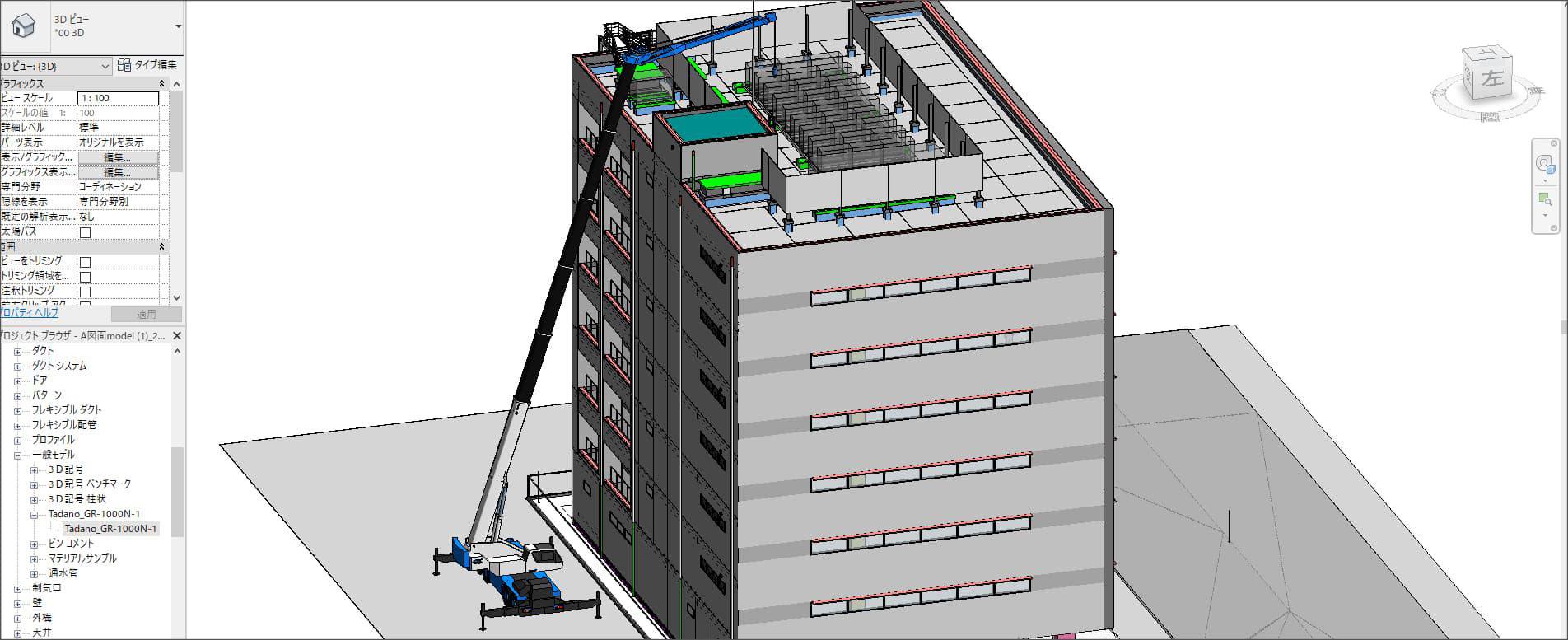
Unlocking New Value with Lifting Solutions
“We have been providing solutions to help customers with their crane work by building our own system to obtain operational data from cranes we manufactured,” noted Mr. Hirata.
Currently, Tadano’s Lift API services apply mainly to a major part of rough terrain cranes, all-terrain cranes and telescopic boom crawler cranes.
Mr. Hirata observed that, upon researching the entire construction machinery industry, each manufacturer was operating its own unique system. “We began to wonder, ‘Is it really good for customers to be locked into each individual manufacturer’s service?’”
Mr. Hirata pointed out these unique systems could lead to inefficiencies that, in some cases, could slow technological advancement. He gave the example of North America, where the introduction of centralized data management had been under consideration by industry associations for many years before truly starting. It accelerated once open platforms and advances in API technology allowed seamless use of data that could link numerous ways.
“We hope to contribute to digital transformation in the entire construction industry by providing data that can be used in a way that suits the customer's purposes,” he said.
Tadano continues to pursue ways to maximize how API technology can serve both the company and our customers. We will keep you updated as these rapidly evolving opportunities continue.
- Learn more about Tadano's telematics here
- Learn more about Tadano e-Service account here
- Learn more about BIM here
* LMI: Load Moment Indicator
* Autodesk® Revit® are trademarks of Autodesk, Inc., and/or its subsidiaries in the USA and/or other countries
